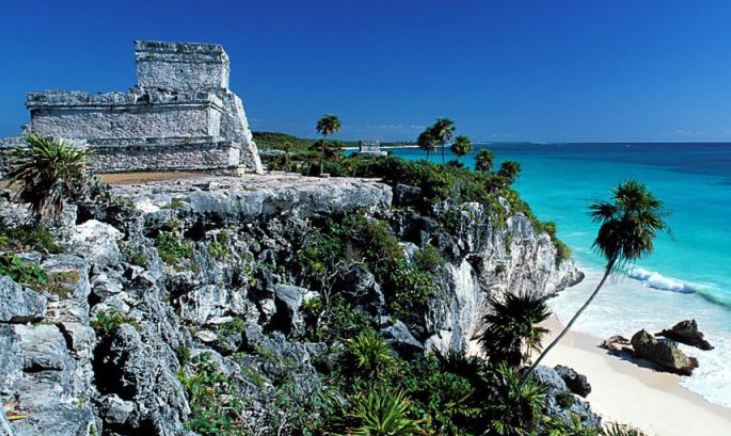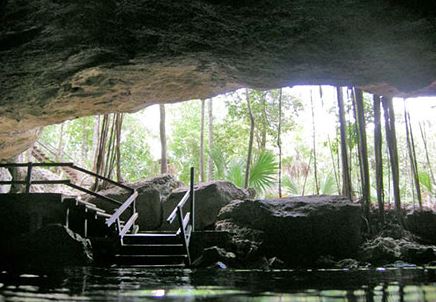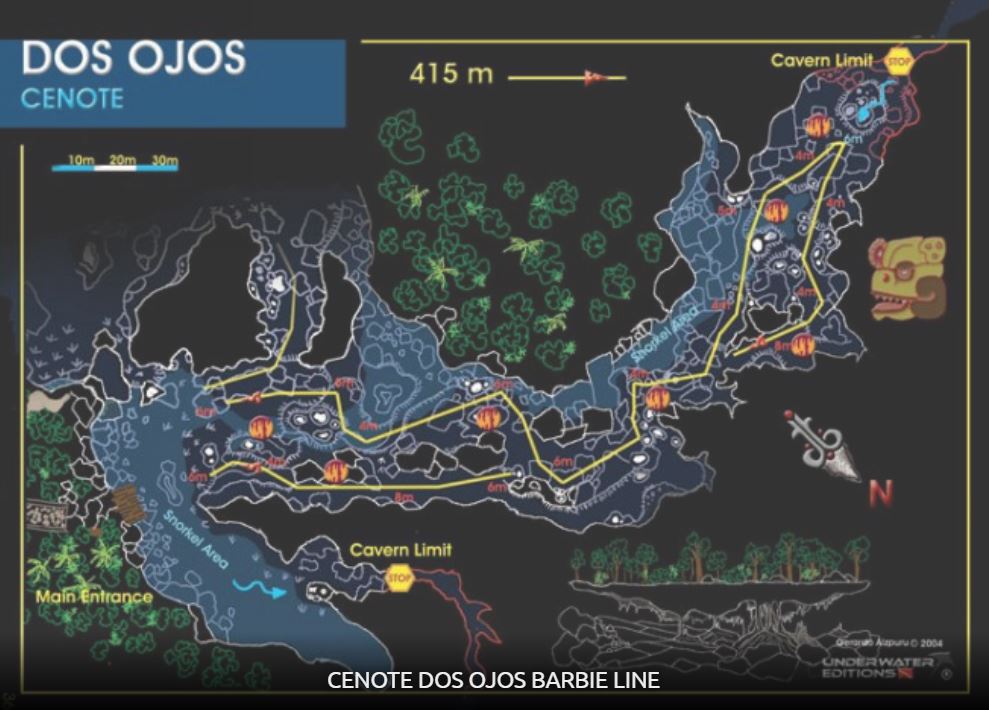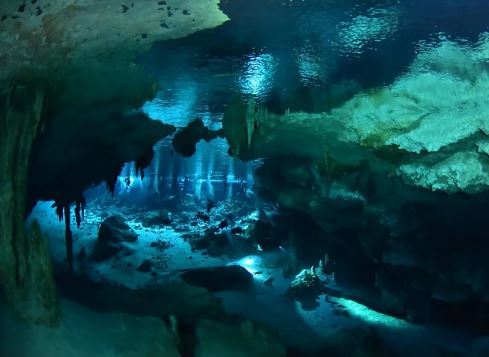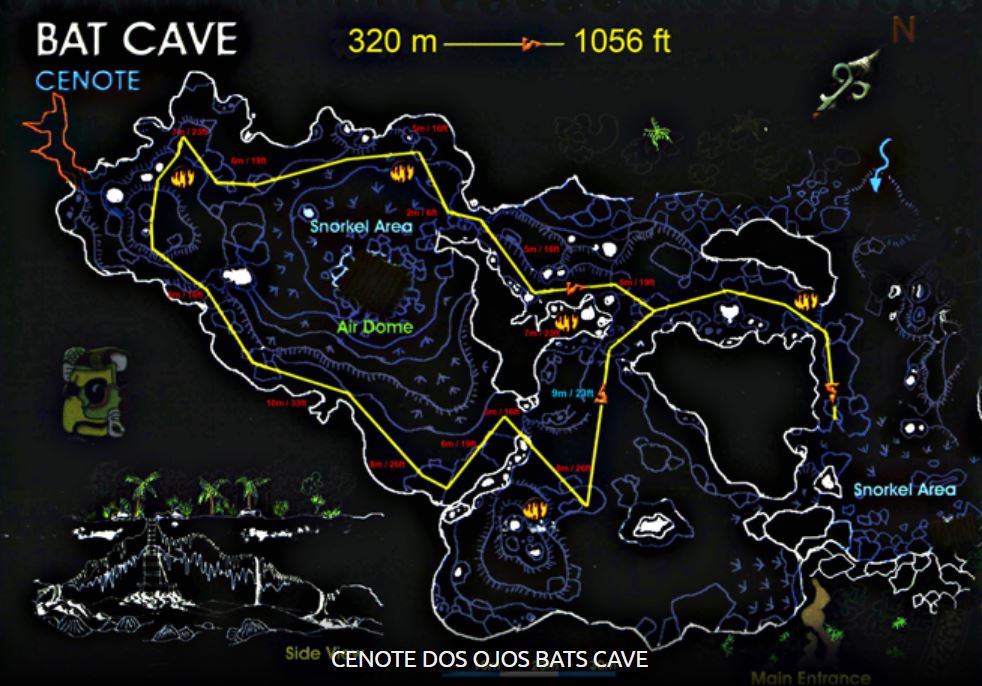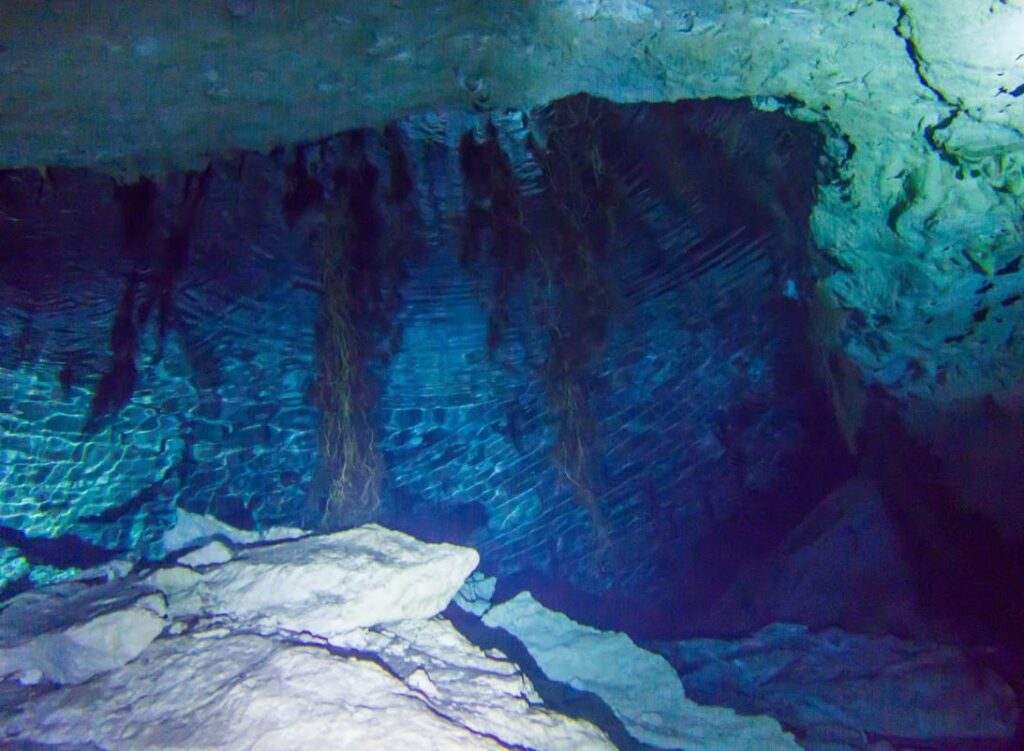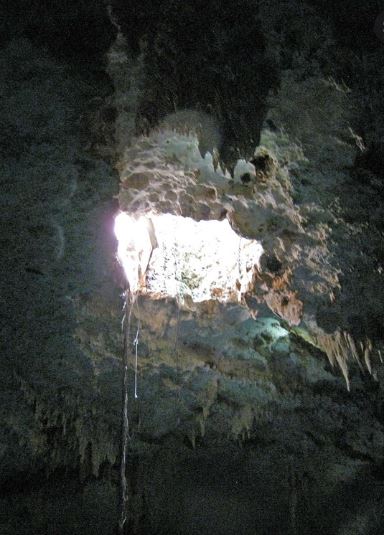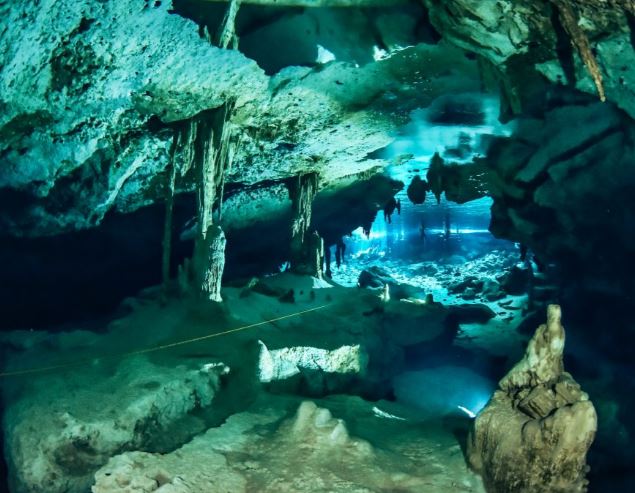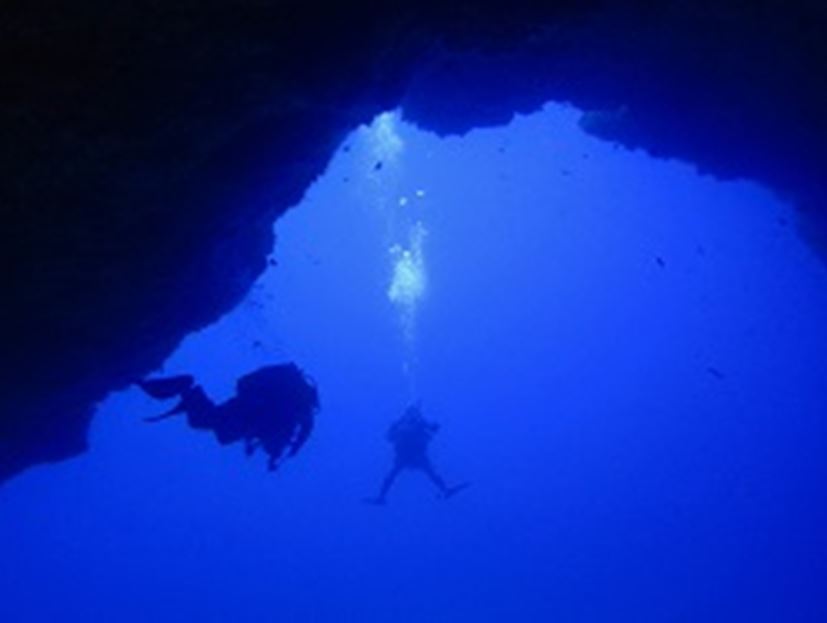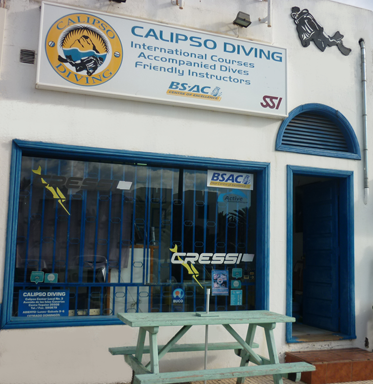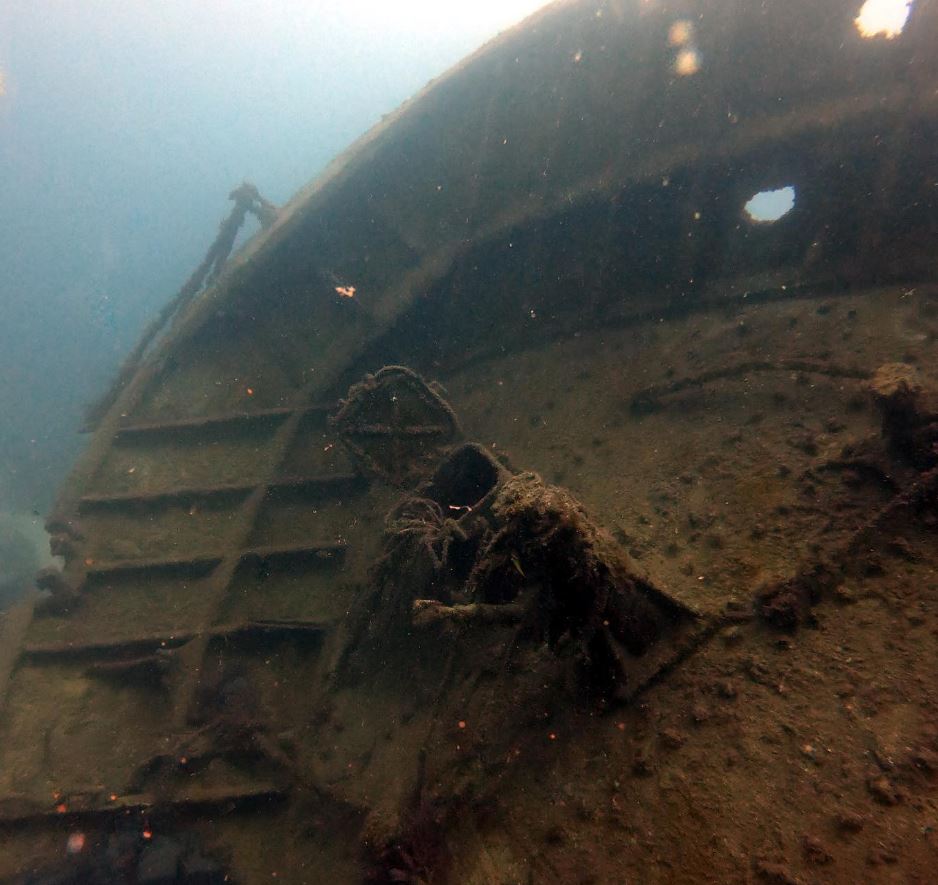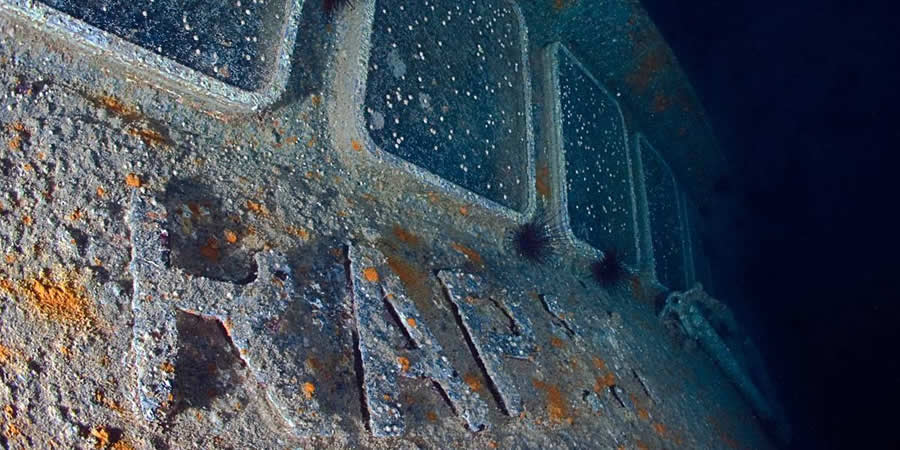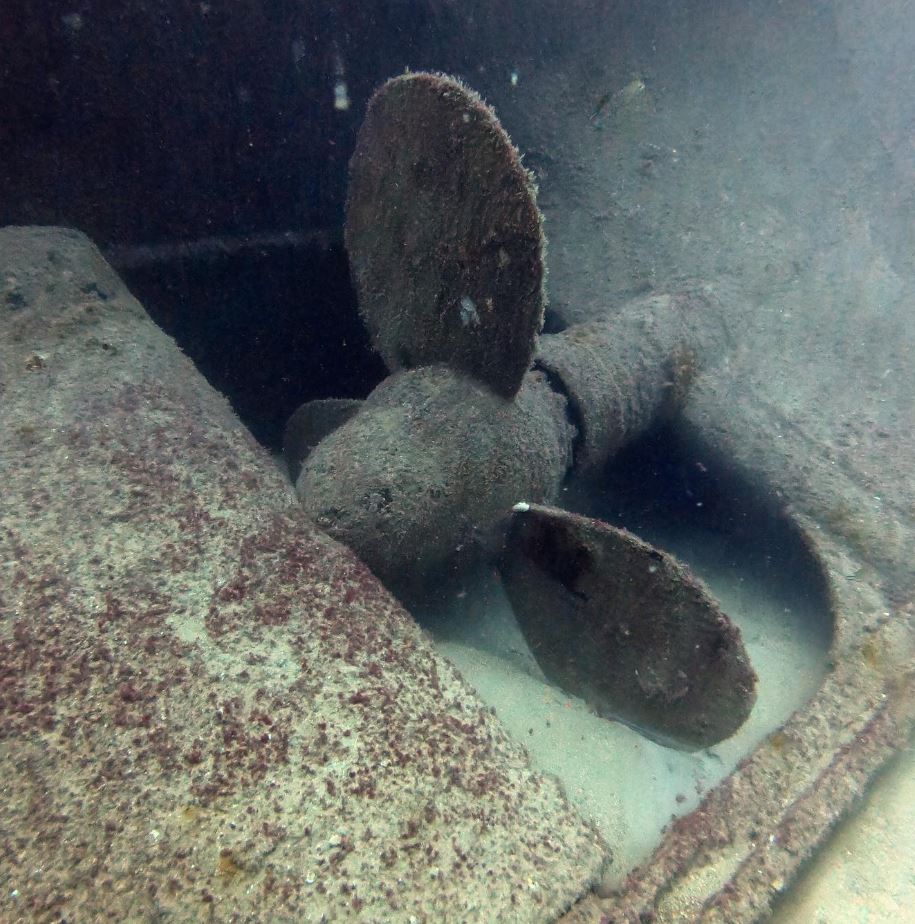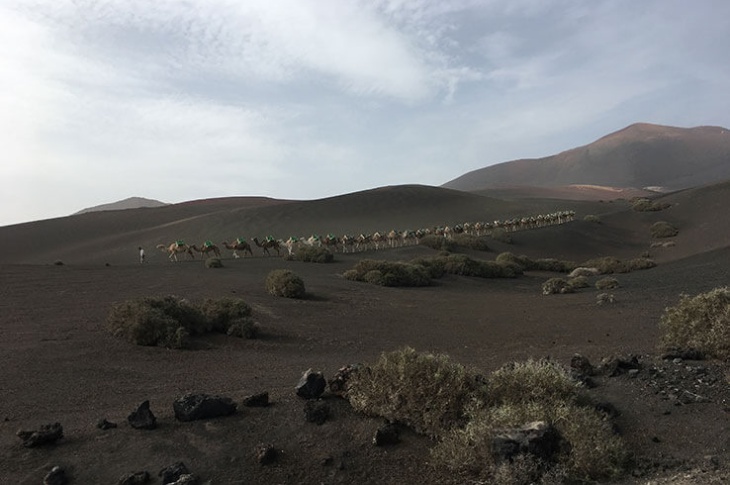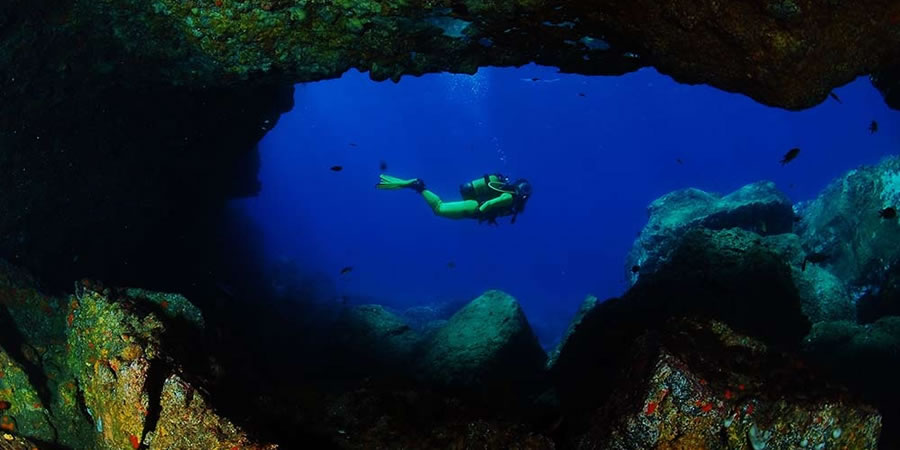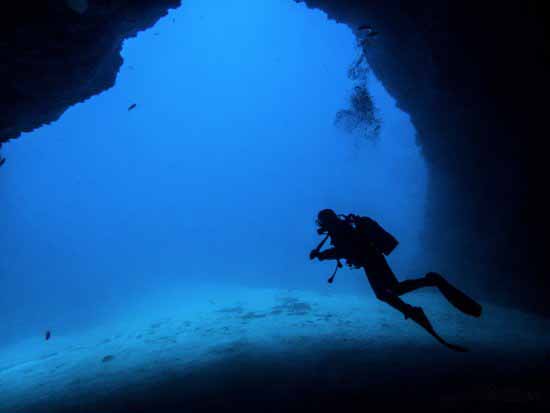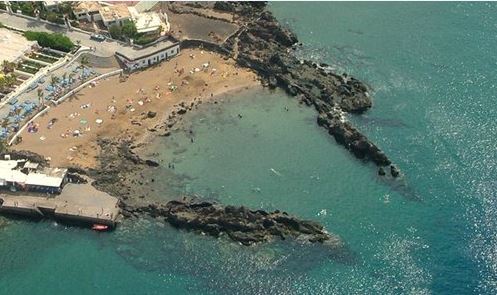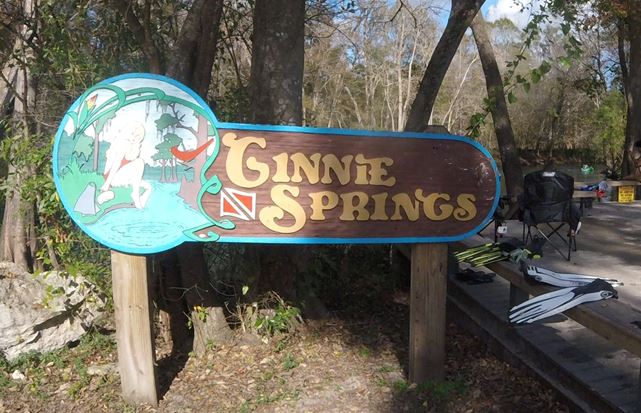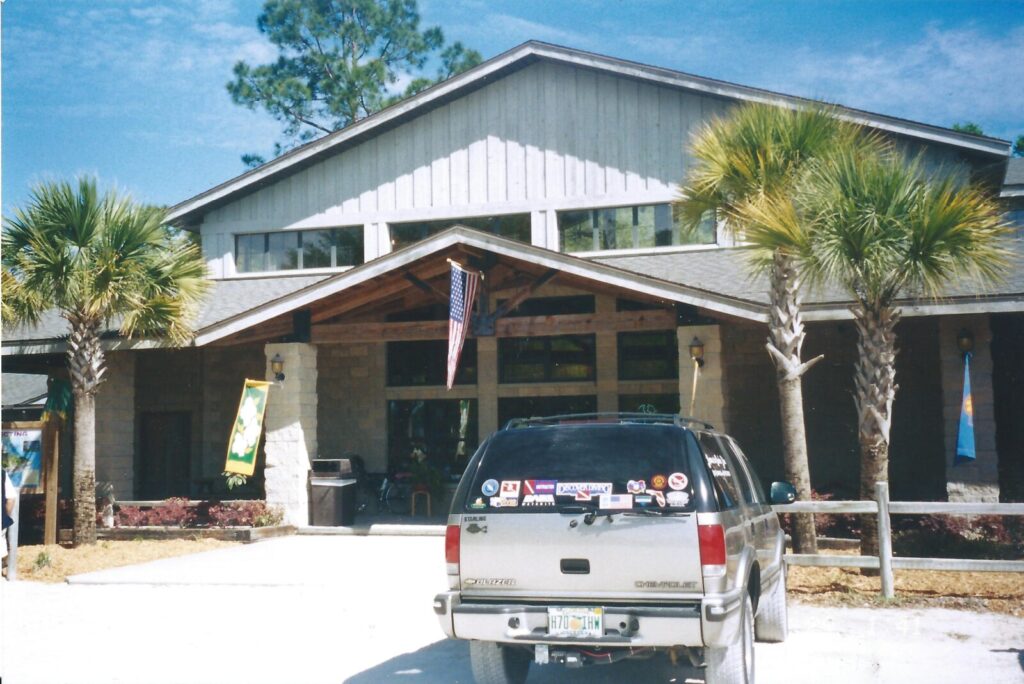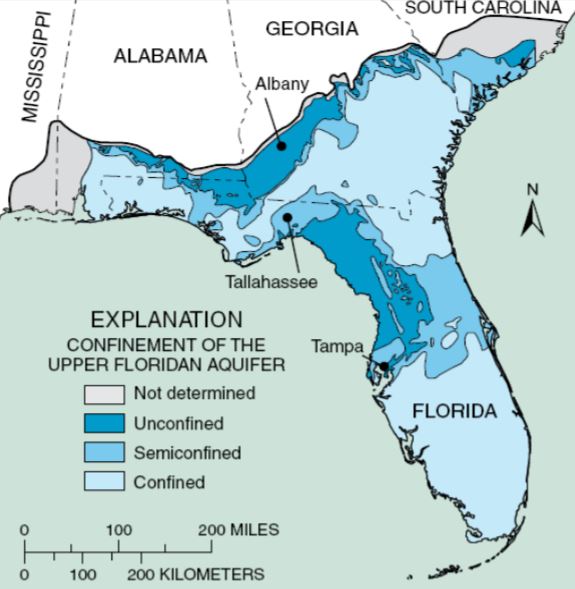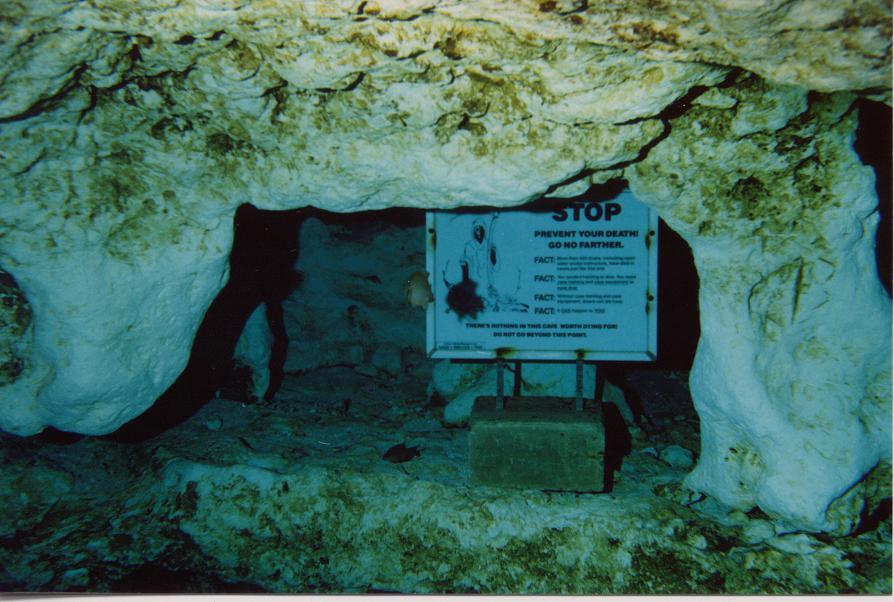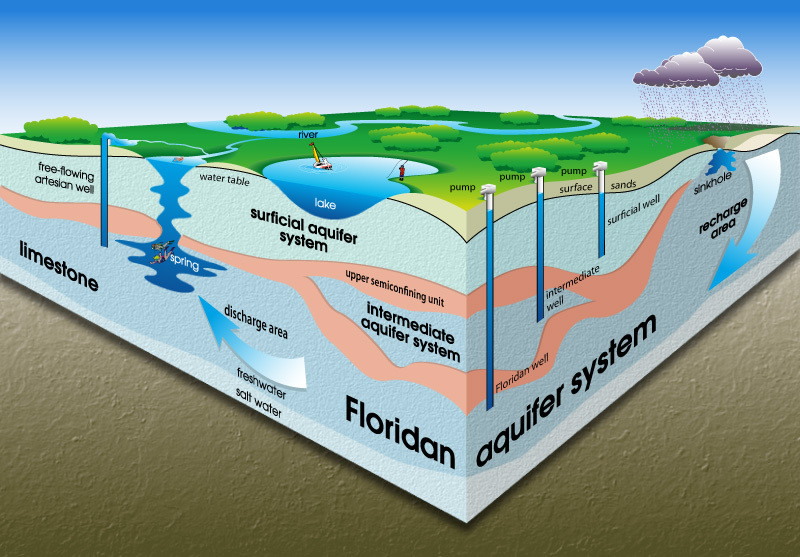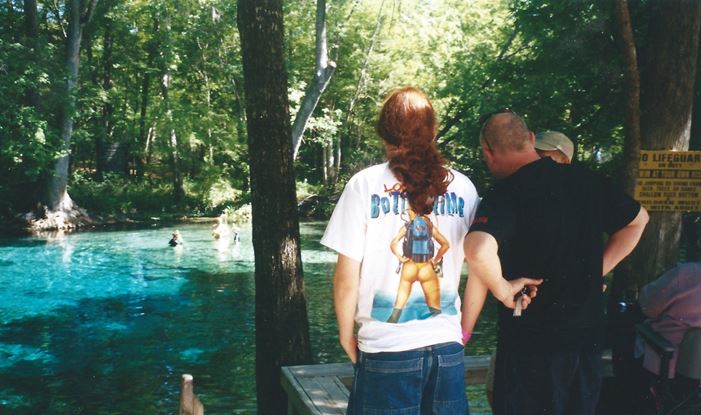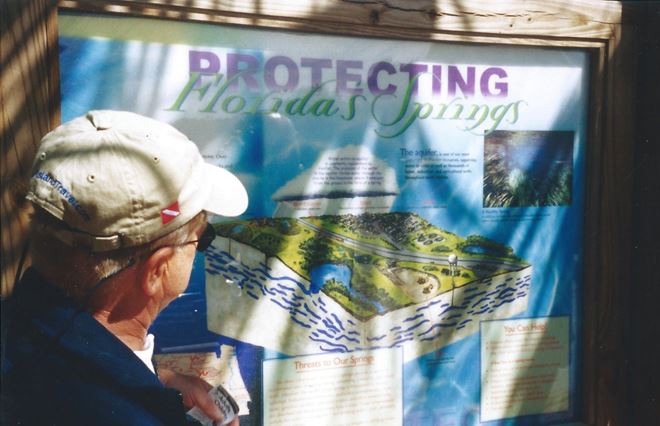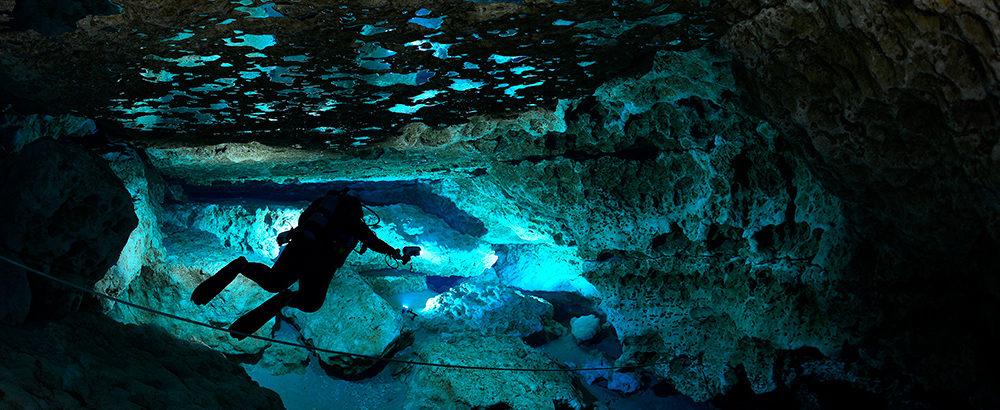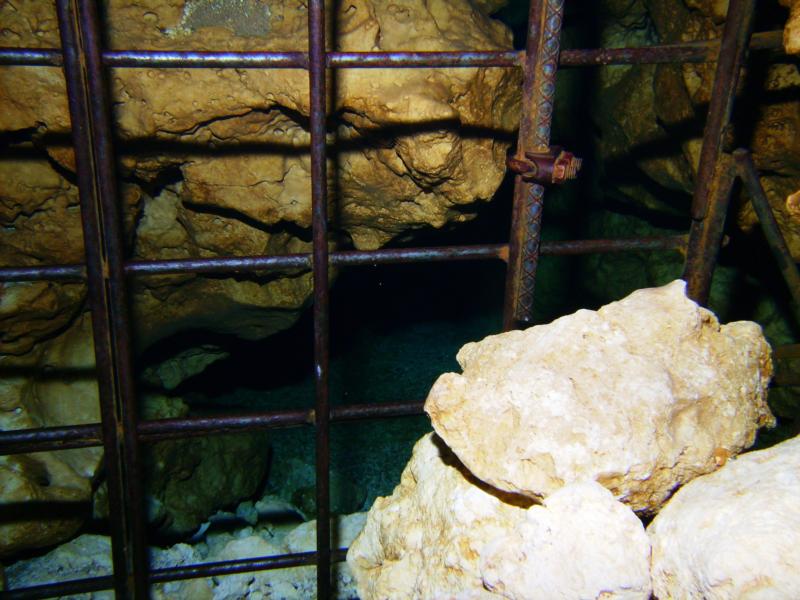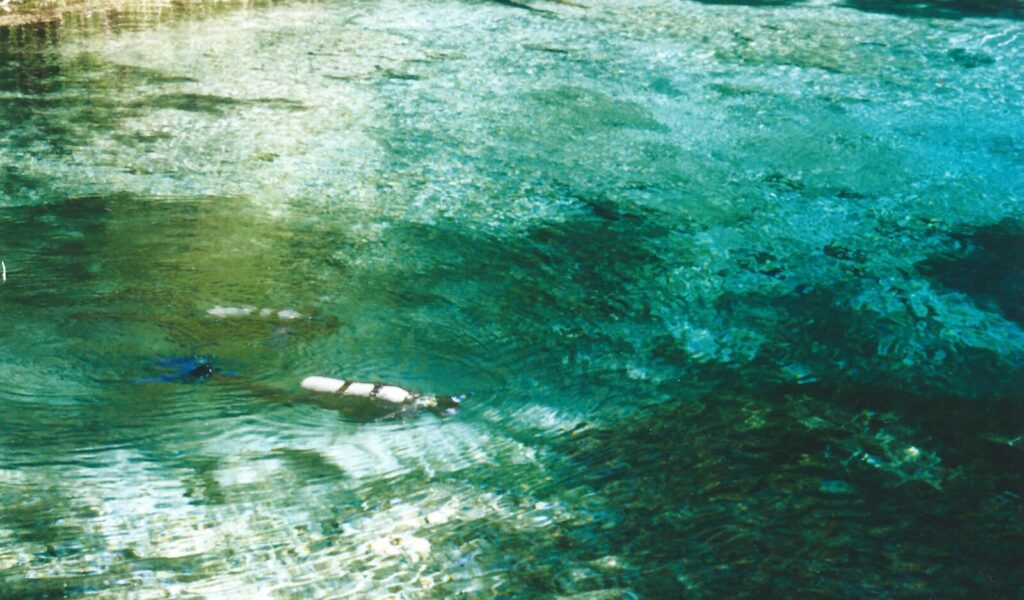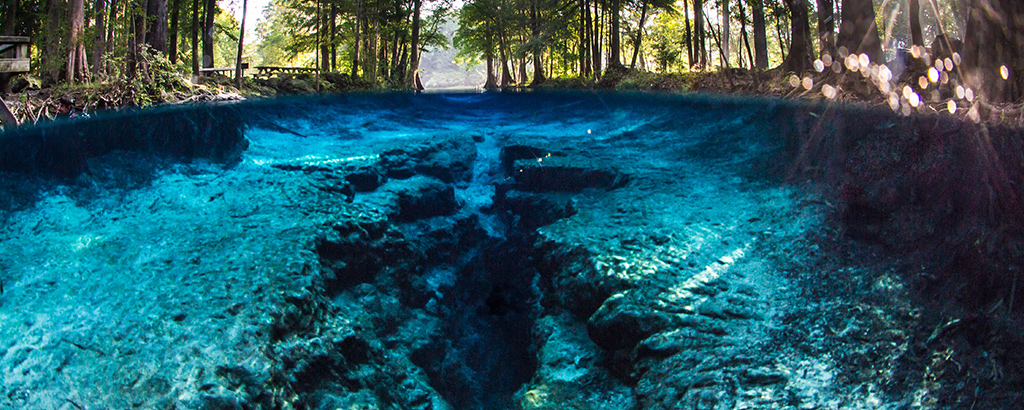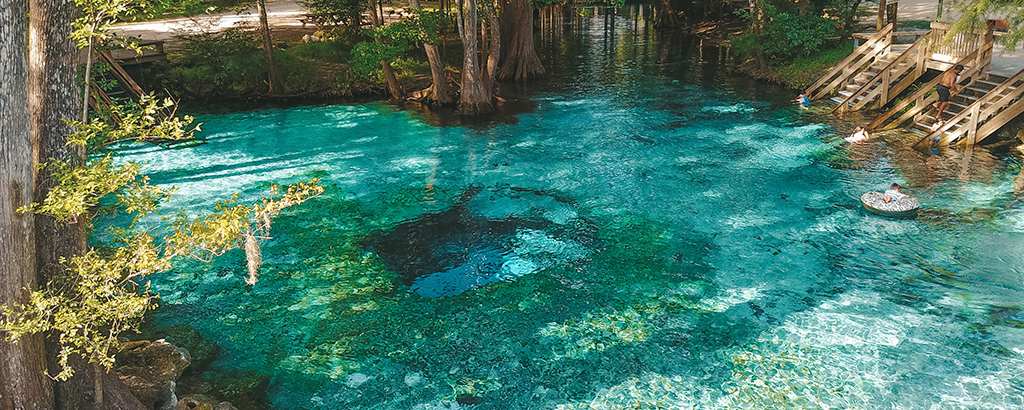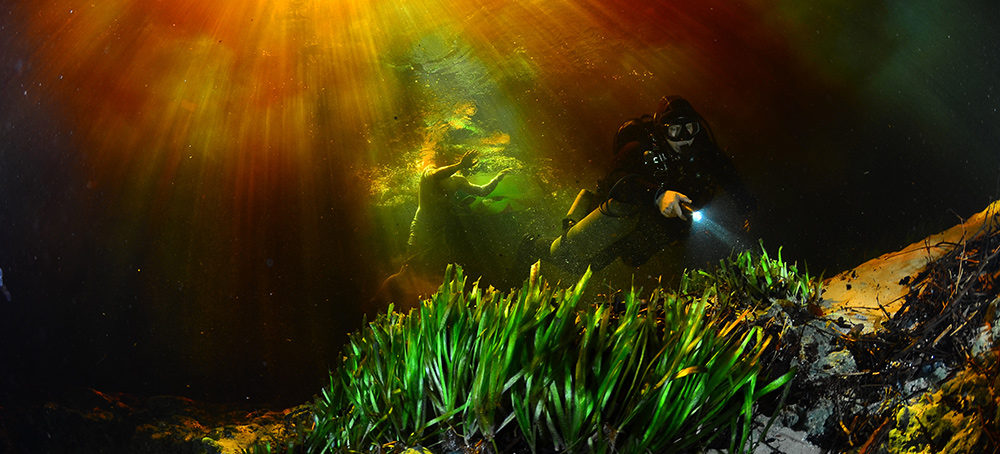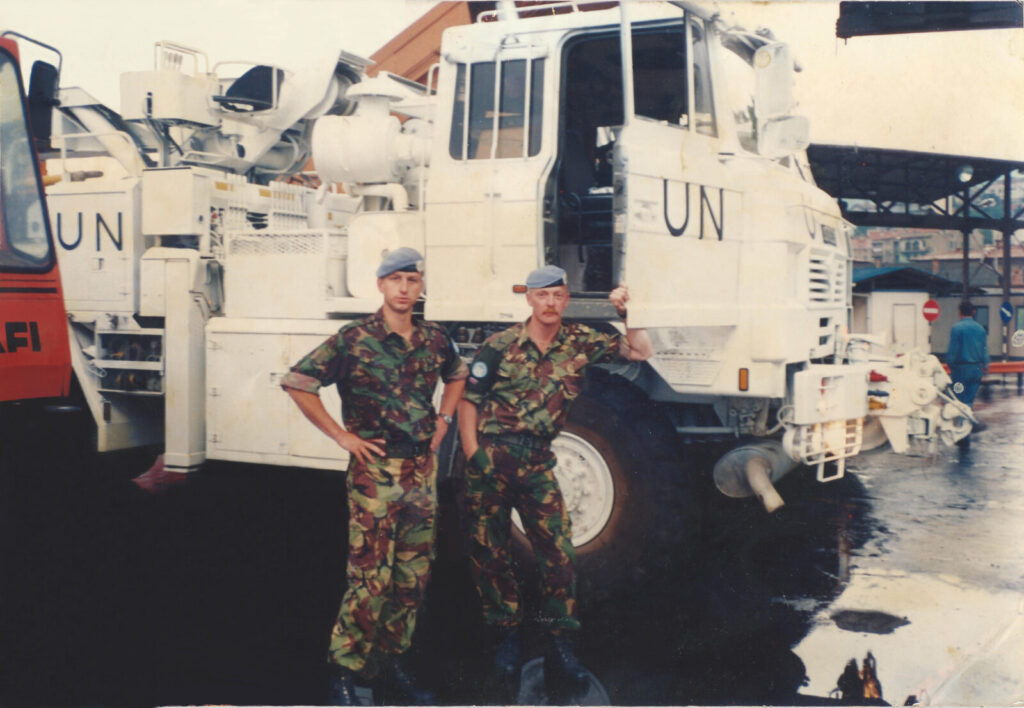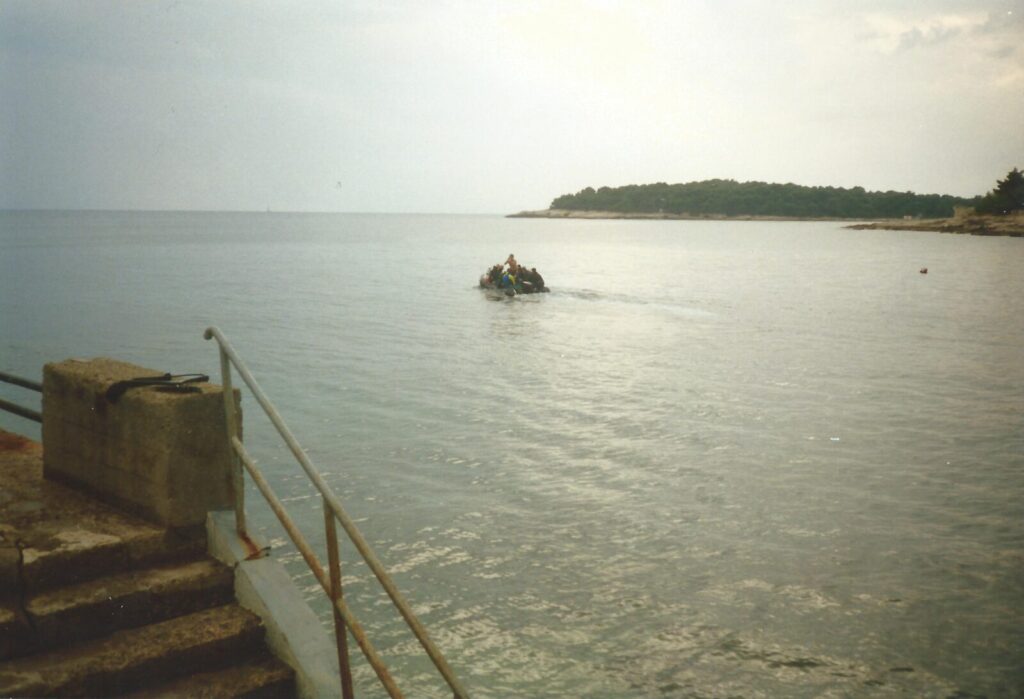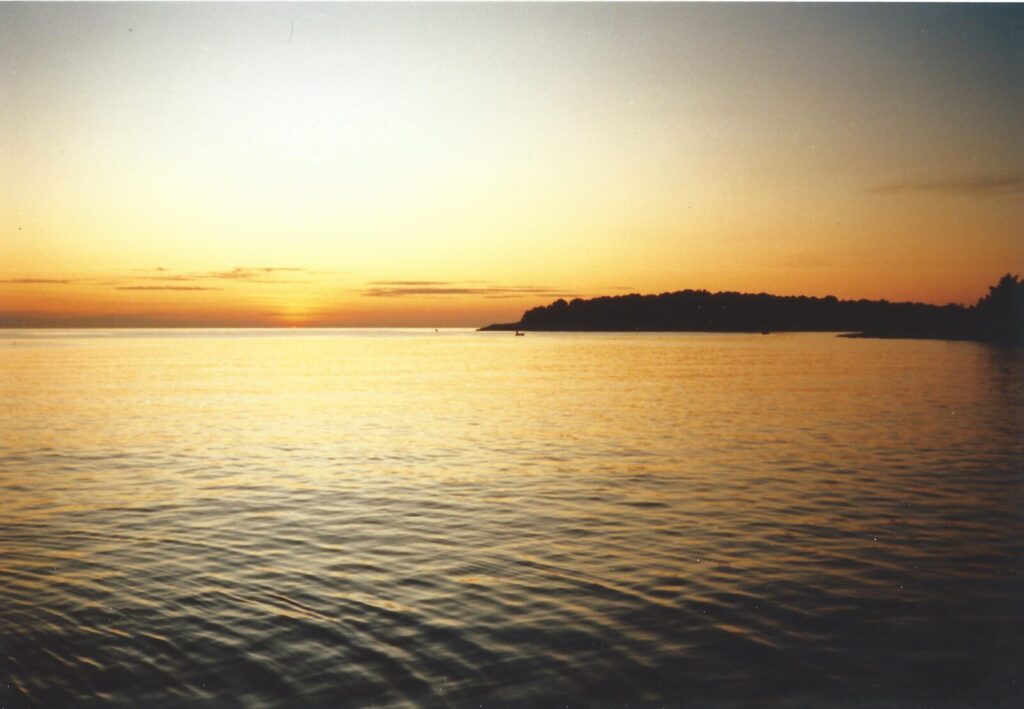Quintana Roo, Mexico
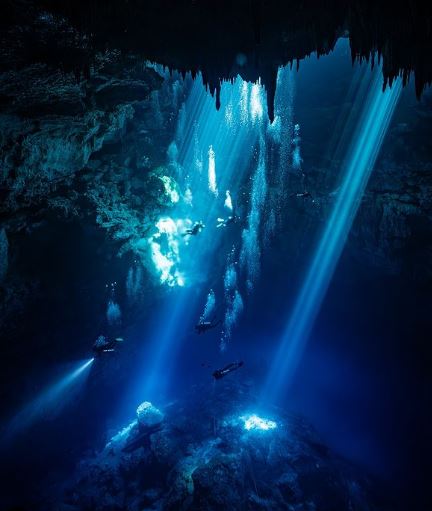
“Exploration of the Dos Ojos (Two Eyes) region, the northeastern-most extent of the system began in 1987. In 1994 the discovery was made of a cenote that led to what is now the deepest cave segment in the system called “The Pit” and gives this section of cave a depth of 119 metres (Barton 2001). “The Pit” is also the deepest section of cave passage of all of the cave systems in the coastal zone of Quintana Roo” (“The Sac Actun System, Quintana Roo, Mexico”. Kambesis, P.N. and Coke IV, J.G., 2016. P181, Para 5. In: Boletín Geológico y Minero, 127 (1): 177-192 ISSN: 0366-0176).
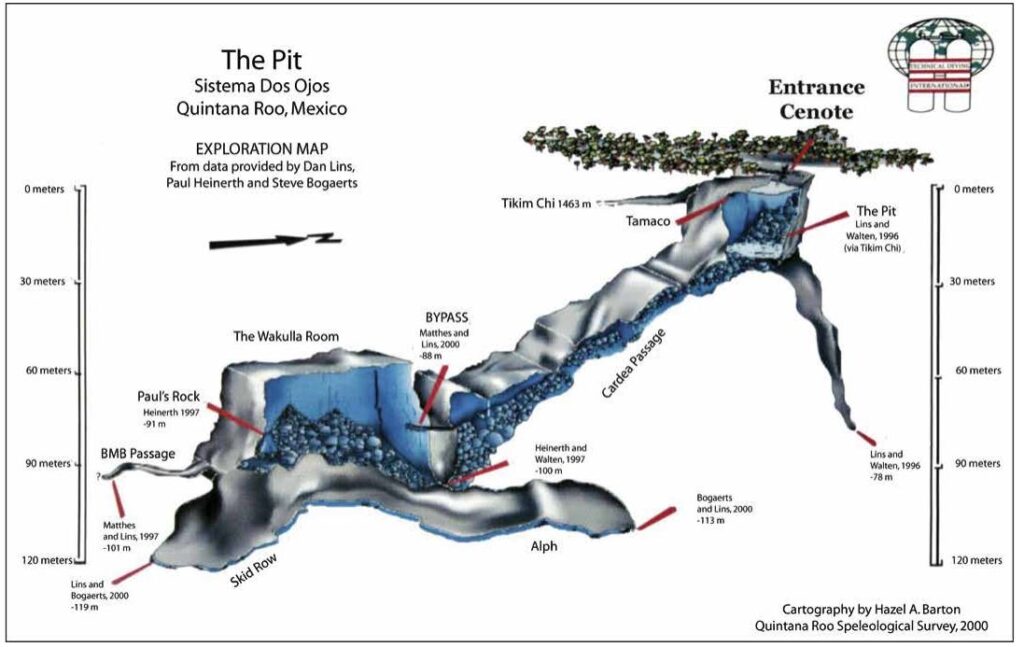
I had been discussing diving in Mexico with Derek Aughton, one of my main Divemasters at Deep Blue, a month before I’d put him in touch with Budgie Burgess, a long time mate from my military days who had moved out to Mexico to become a cave guide, (and who now holds legendary status amongst the regular expedition divers there) Derek had already been across and dived extensively with Budgie the previous year and was very descriptive about “El Pit” assuring me any trip out there should include a dive into the Pit. Eventually Ellie and I had decided to have a couple of weeks there, in the first week I had already done two of the cenote dives in Dos Ojos, the Barbie run and the Bat cave, I was already enthralled with the huge interconnection of the Karst plain of Baia and wasn’t surprised that virtually every dive I would do around Tulum would have been accessible in a sort of Mexican Underground way, essentially just stations on a main line, some at different depths but all sharing the vast tunnel network

Derek had described El Pit as exactly that, a deep sink hole in the Limestone of the area, I had no idea at the time just how deep it would prove to be, but looked forward to what was going to be the deepest dive I would carry out whilst in Mexico. I had seen very dramatic photo’s taken in El Pit, frankly some were incredible, almost to the extent you felt they could not possibly have been real, but must be some kind of A.I or Photoshop creations…….? How wrong that would prove to be! I knew El Pit was around 40m or so deep from Derek’s descriptions, I knew there were several passages off the pit which could go deeper if you were fully cave diver certified, however I also knew that I wasn’t a trained cave diver and would not get to see those passages, or where they eventually led, I didn’t feel cheated by that, it is what it is and rules are there to ensure everyone’s safety, I was just looking forward to seeing what the environment down there looked like!
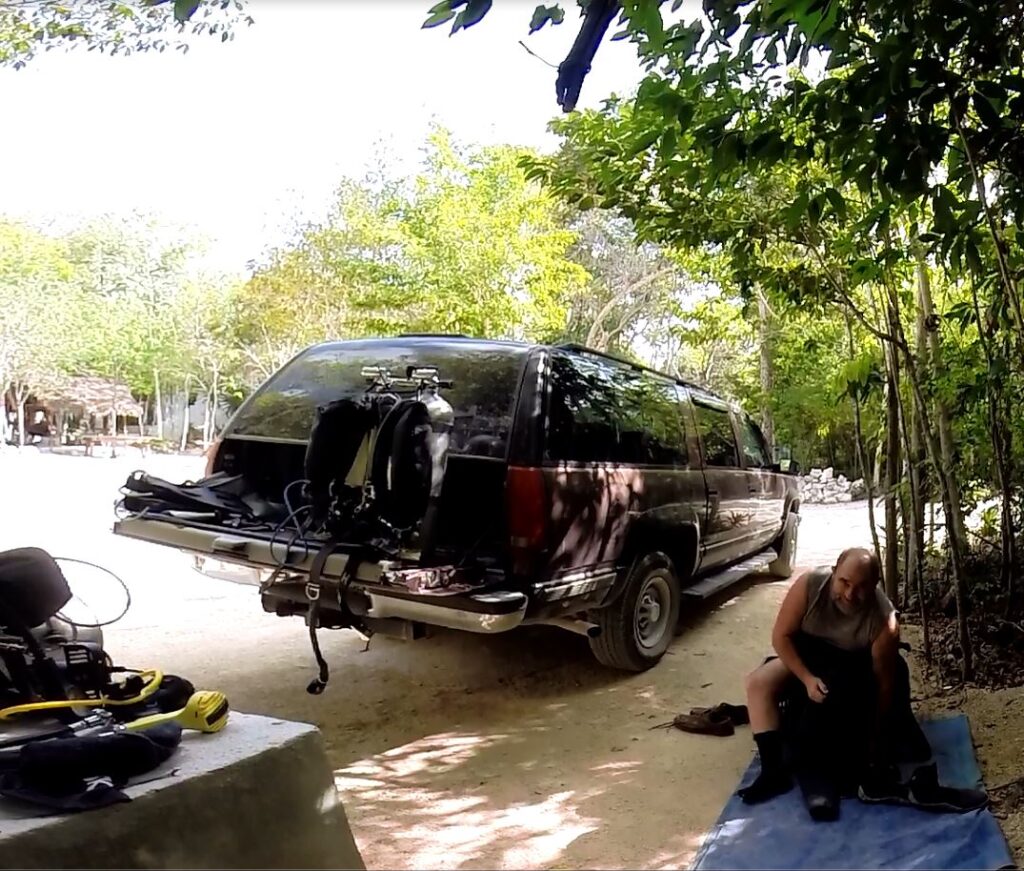
In the pre- briefing for the dive, on the way from Bahia Principe (our holiday resort) in the truck, Budgie covered the more recent explorations and discoveries that had been made, from Paul & Jill Heinerth’s (married at that time) first 100m dive in 1997 into what would be called the Wakulla Room (named after the cave system Paul & Jill were very familiar with back in the USA) and culminating in 2000 with a 119m dive by Dan Lins & Steve Bogaerts proving, so far, to be the deepest at El Pit. Latterly Jill Heinerth went on to push what is shown as the BMB passage into “Jill’s Chamber” and discover more possibilities in a passage named, perhaps with a sense of Irony, “The Next Generation Tunnel” If these dives whet your appetite for more there is a great article you will enjoy in Advanced Diver Magazine here: https://advanceddivermagazine.com/_PDFORDER/isfg/6ali/ADM%20ISSUE%206.pdf

I had decided to dive the cenotes using my AP Valves Inspiration rebreather. I knew the advantages of 4 hours of diving on one canister of sofnolime would far outweigh the time allowed by a twin-set, and I had no real idea how I would take to long immersions in caverns with little, if any, light. Cave diving is distinctly different to any other type of diving and I knew that even the “tourist” dives available to me as a non cave-trained diver, would involve time in confines that couldn’t be argued with, lightless, anonymous tunnels, completely unfamiliar to me, neither Budgie or I were getting any younger, and we both loved steak egg n chips perhaps a little too much! Having successfully carried out hour long dives in Dos Ojos I was happy the Inspiration would finally prove the way forward for diving for me despite set-backs with the original handsets and the battery box issues I’d had in the early days of diving it. The change to the Juergensen Hammerhead handsets, and the far better 4 cell controller, seemed to have put those issues behind me, the solenoid was, as far as I could determine, a better controlled item and the handsets were far easier to scroll through and had, so far at least, a 100% record
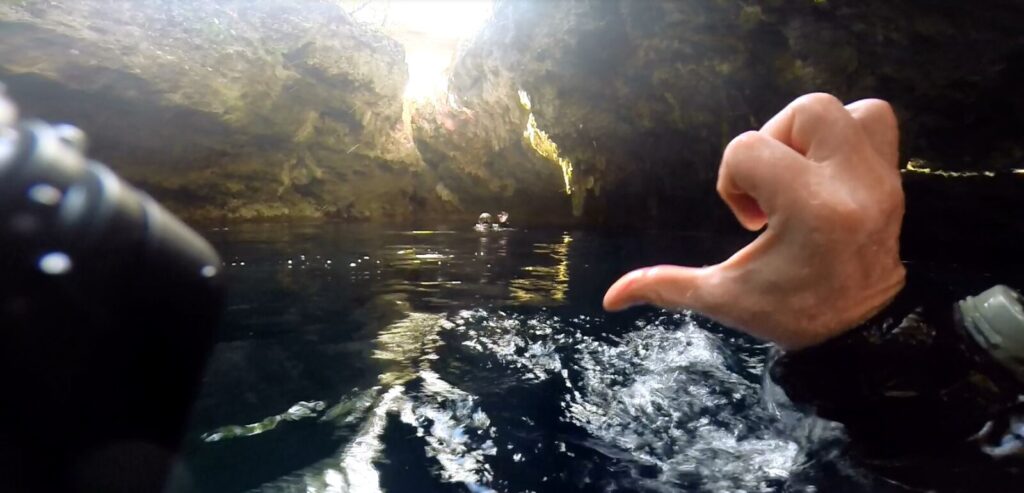
El Pit is a collapsed cavern in the limestone substrate that covers most of the Quintana Roo, part of the Yucatan on the Caribbean coast of Mexico, the area from Cancun down through the Mayan port of Tulum to Chetumal and indeed on into Belize, famous in my past life as a glory posting in paradise, but more famous in the wider world for its Blue Hole, a Jaques Cousteau find and the site where he did some ground breaking dives. In geological terms the region is described as a Coastal Karst Aquifer, which I distill, for the purposes of my limited intellect, to mean a Limestone plateau system, eroded by rain over millennia to form underground connections via caverns, tunnels and eventually ceiling collapses forming the native “Cenotes”. The presence of the ubiquitous Stalactites and Stalagmites within the systems proving that for long periods of time these caverns, tunnels and caves were above sea level, but now, through climate changes and land movements, have become flooded, sometimes partially, mostly completely, leaving them both a wonder and a challenge to modern mankind

Descending into El Pit is a phenomenal experience, the view is quite magnificent and, even from the surface some 30m until you reach the Hydrogen Sulphide halocline, a perfect level of mist which gives you the impression of a graveyard at twilight, especially as there is a dead sapling still standing on the remains of the cave roof, collapsed to the floor in a desolate pyramid of broken Limestone and debris…..El Pit is a truly epic experience just for that sight alone, nevertheless, there’s a whole lot more to see as you circle the 40m level at the collapse pile…..
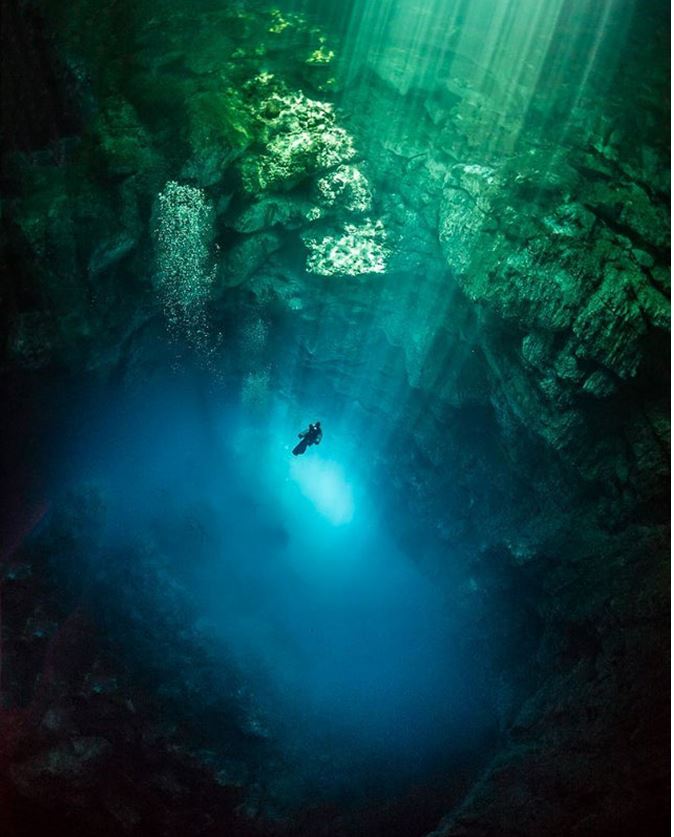
My dive did not go to plan, I went from the awe of the view down to the halocline, and a feeling of wonder at my surroundings, to a nagging feeling something wasn’t quite as it should be, to….well, read for yourselves as my Navy Dive Log tells it: “26/02/15 The Pit – Cenote – Mexico This is a large hole which as usual is a cave roof collapse & is a deep & interesting feature of the area as there is an obvious halocline @ 30m or so. We spent 15 or so minutes at 36m then ascended to see the eerie interface between salt & fresh water which is like diving in jelly or shower gel & wrecks your vision blurring everything!! There is a tree @ around 18-20m and the fall-in from the roof makes a level there which with what looks like a layer of mist gives the impression of a graveyard – eerie as hell & ominously so as the inspo was getting harder to breathe which led me to cancel a trip into a side tunnel & concentrate on solving the issue – just got worse whatever I did, loop-vent – dill flush – nothing worked – went to bail to find the sling reg clip jammed in the hang rope – GREAT- a near death experience in a pseudo cemetery!! Managed to free it-just in time!! Ascent was slow n steady no drama…was a flood!! Buddy Budgie”
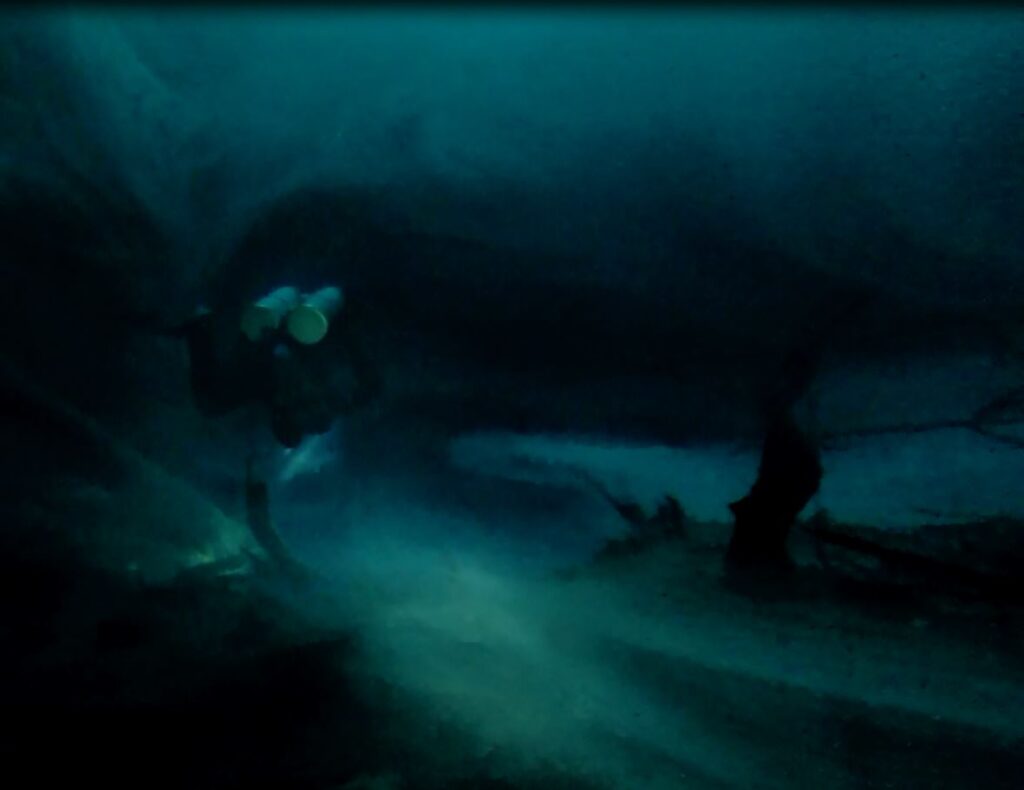
The autopsy (thankfully, not mine….) revealed a flooded canister, somewhere water was getting into the loop, not enough to completely flood the canister but sufficient to fill the lower section where the air transfer between loop and sofnolime takes place, slowly but surely increasing breathing resistance and simultaneously endangering the diver by increasing the amount of exhaled carbon dioxide, and, try as hard as I could, I could not locate the leak. I stripped, pressure tested and re-assembled the unit several times until I realised, either my eyes were not up to the job anymore, despite my recently re-tested and almost new glasses, or that the issue was so small as to have been eradicated in the stripping and re-lubing/sealing….so why had pre-dive suction tests not picked it up …….perhaps they weren’t carried out for long enough, perhaps I’d dislodged something on entry although I didn’t recall a harsh entry…..in the end I put it down to operator error and insufficient pre-dive testing, maybe due to excitement or perhaps an over emphasised feeling of anticipation to get in the water, either way it would have been a stupid way to go out…..and then the entanglement of the side-mount regulator and the sense of an imminent “end”…. I admit there was a moment, several in fact, when I’d almost given up, another minute and it would have been over….. I had been at my physical limits so much so that my sight was starting to suffer….
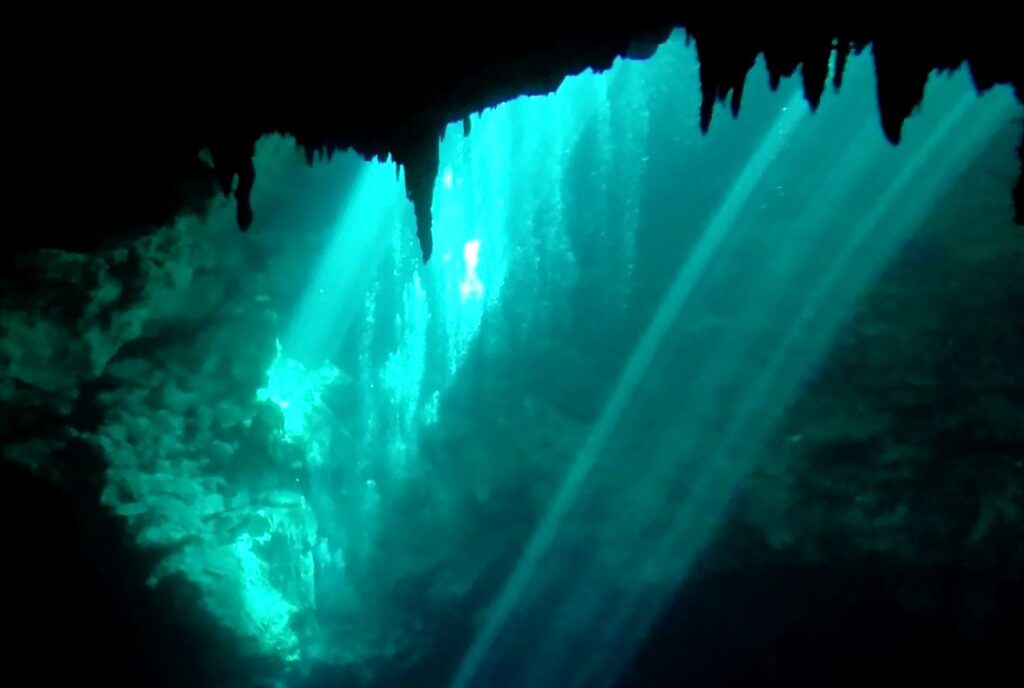
If there was a defining point when I made a conscious decision to abandon rebreather diving then perhaps this was it, although that wouldn’t manifest until I’d been back in the UK for several months and had discussed things many times with Ellie, my wife. Ellie had instantly picked up something wasn’t right when I’d arrived back from the dive and met her at the beach, she said it was when I said “it is now” when she had greeted me with “everything good hon” as I’d not usually say something like that and it seemed odd, that and the redness in my eyes which I’d never had previously….likely some blood vessels had bled a little. I was dismissive at the time, saying it had been a bit of a do but nothing more, but I don’t think Ellie was convinced and she asked me several times that night not to dive “…..that stupid bloody contraption” again

I dived El Pit again in July of the next year, Ellie loved Mexico and we had only done half the things we wanted to on our first trip, so I agreed wholeheartedly we would return the next year, so 2016 my Navy Log reprises El Pit thus: “The Pit Bahaia Mexico. Return to the collapsed Cenote where the YBOD (Yellow Box of Death) nearly killed me last year. GREAT dive down & round the core of debris where the roof fell in and created a 40m pit with a 10m cone in it. Down & round the lone tree in the “mist” which really still resembles a cemetery & is wonderfully spooky then up in circles to see the strata & stalactites hanging in the grottos in the wall. Back into the cavern at the 20m ish depth which leads upstream & downstream & would get you to the sea or back to Dos Ojos depending which way you went. Up to finish watching the bubbles of 15 or so other divers which resembled a Jacuzzi as we exited. Wonderful dive Air In 200 Out 160 Viz 30m Buddy Budgie”. I notice now that all blame has, rather tongue in cheek, been assigned to the inspo and any mention of “operator error” has been cheerfully set aside from my previous attempt to make myself a permanent feature of Boot Hill………
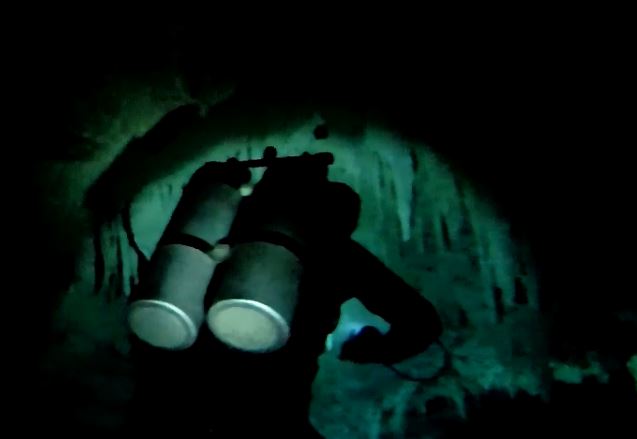
By now though, rebreather diving was a thing of the past for me, a year on and I’d decided that I had carried out the in-water drills as well as could be expected, that the failure had not been evident sufficiently to show itself before the dive and, really, if something as small as the leak had been, had compromised the unit so much that recovery had not worked effectively, then whichever that was assigned to (me or the unit) was enough. Either I just did not have sufficient rigor to dive the unit safely or, following manufacturing (wholly un-admitted by AP) issues surrounding the handsets (hit me twice, both times on different sets but knocking out the other too) and then on the known, but again dismissed, battery box bounce issue (dislodging of the 9v battery killing power to the unit) early in my ownership, and an unresolved investigation into “Pixilated” handset displays during an especially cold Stoney Cove dive one January, I had decided the disadvantages outweighed the advantages of closed circuit diving in terms of my diving….after all, I wasn’t trying to get up close to photograph marine life, nor was I regularly diving below 60m…. the risk just did not stack up for me any longer
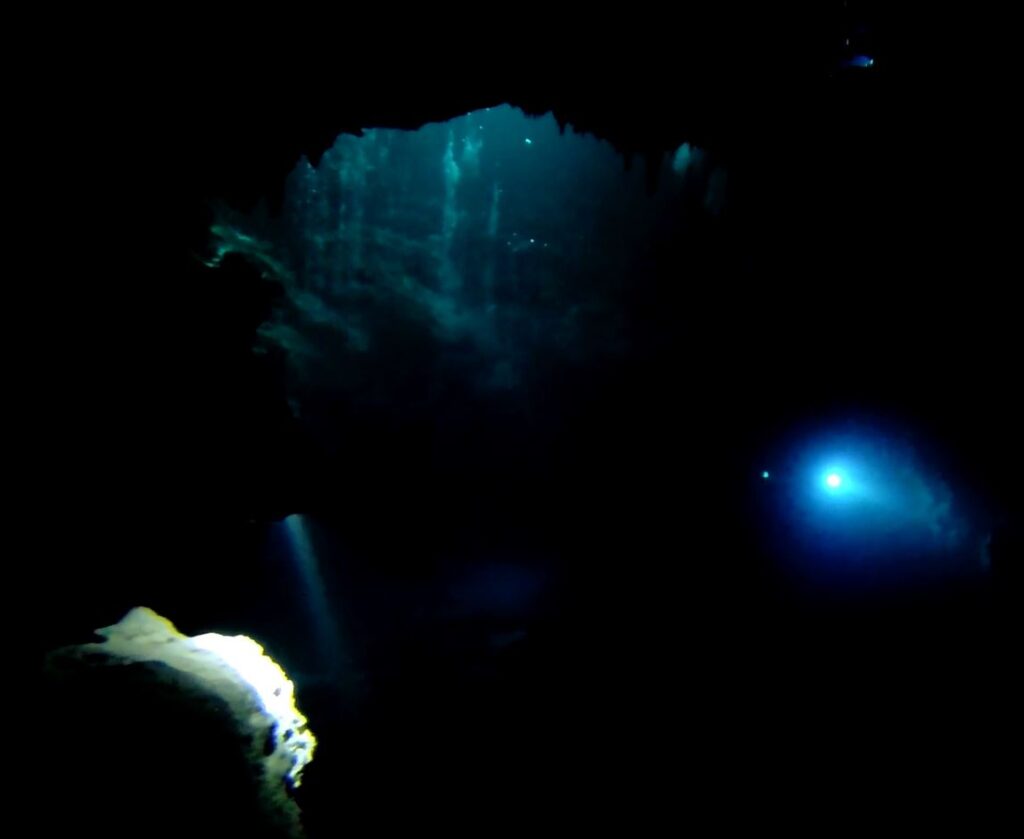
We again decided there was still more to do in Mexico and Ellie and I returned in 2017 for an early holiday, in May of ’17 I found my way back to El Pit for what would be until now, my last dive there and my Navy Log records: “Cenote ‘The Pit’ Bahaia Maya Mexico. 1st dive of the holiday back in Mexico and a dive in perhaps my favourite Cenote. The Pit is a maul down stairs in the heat but as we were 1st in it was crystal & calm with the usual 35m Viz – descent went well no tooth issues (I’d not long since had root canal work following a dive on Vassilios T in Croatia….) & we dropped through the halocline @ 20m to pass through the Hydrogen Sulphide mist @ 30m and hit our plan to 35m then ascend through the ethereal mist past my ‘cemetery’ on the hill and the lone tree sentinel at what could have been my demise 2 years ago – round to the back of the spoil heap & up to the cave runs @ 20m & 15m in the back wall then on & out of this vast cathedral of crystal water & effervescence – a wonderful dive Air In 210 Out 110 Viz 35m Buddy Budgie”
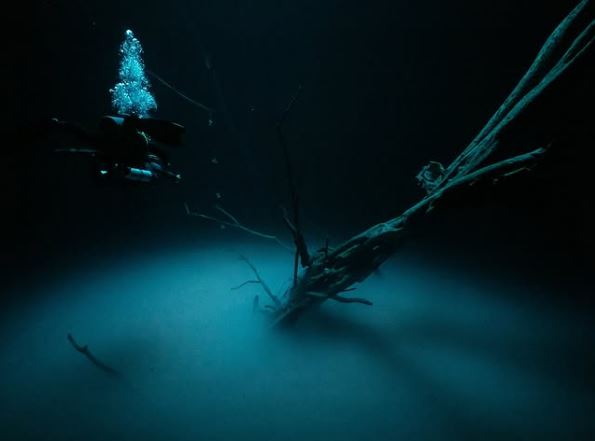
El Pit is a magnificent dive, from the trek into the jungle to reach it, to the kit carry down the wooden steps to reach the dive platform and the eventual descent into its beautifully clear waters, it finds a place in amongst the most unusual dives I have done. That is not just because it is a Cenote and part of a huge system of mystical passages and caverns under the Mayan homelands, with all their bloody history, which reach from miles inland, through jungles full of ancient pyramids and ruins, where Jaguars still patrol ghost-like and unseen, eventually to meet the Caribbean Sea. But it is so much more than that, it is immense, when you enter El Pit the surrounding cavernous hollow beneath you opens out into something like the size of St Paul’s Cathedral in London, the debris pile hidden by the halocline, and what seems an impenetrable mist with a lone tree sticking defiantly out of it, despite having died aeons ago, it seems to invoke that timelessness which clearly captivated the Mayans who treated the depths and tunnels around them as sacred openings to the other world…….and that is what El Pit is….it’s the “Other World”, dark and light, giving and, in equal measure, maleficent, and beautiful whilst very quickly becoming terrible……..in short it is our connection to the underworld, just as the Mayans believed it to be………
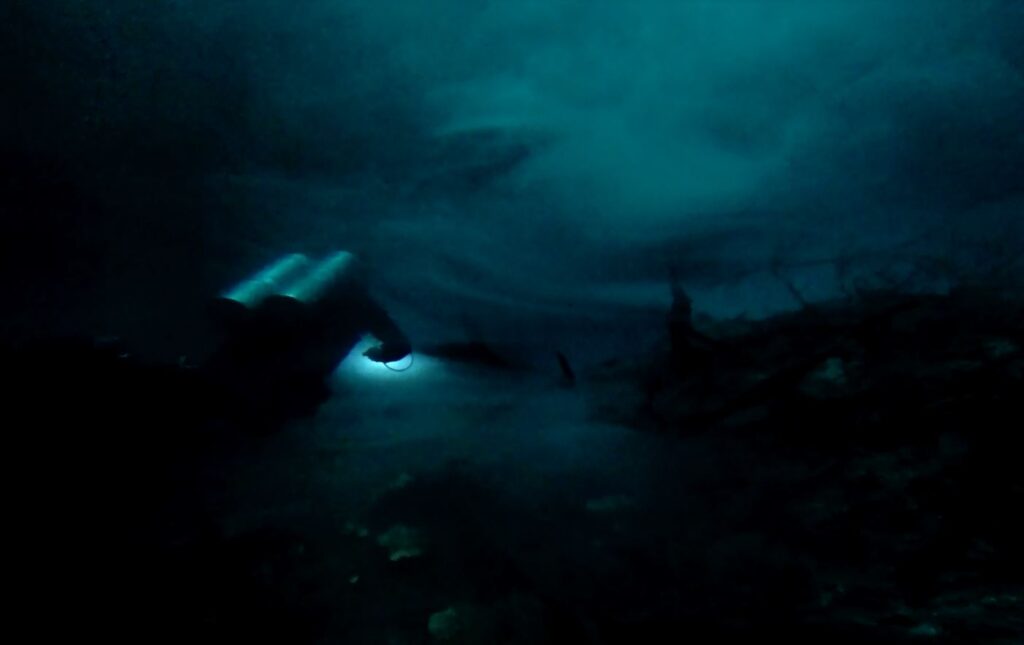
I will conclude by saying, this piece is about El Pit and Cenote diving in Mexico, not a hatchet job on rebreathers, (friends of mine have successfully used them far longer than my 10 years of occasional use) and those that commit to them completely, and abandon open circuit entirely, seem to be most devoted to them, that just wasn’t me, my diving just did not really warrant that divergence, or perhaps that level of commitment
Why not take a dive with me into El Pit, 2016 on open circuit:
As ever I would like to thank those who’s pictures, support and background information have made this a far better piece than I could have produced alone, namely, Joram Mennes, Hazel Barton, @mantarayo, voyagemexique.info, Paul & Jill Heinerth (via Advanced Diver Magazine), Eric “Budgie” Burgess and finally my long suffering and beautiful wife Ellen all of whom have in different ways, enriched my life immensely……..

